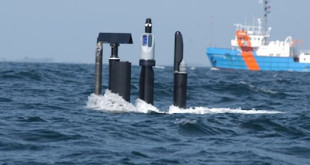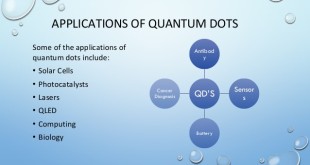There were 79 zettabytes of data generated worldwide in 2021. By 2025, more than 150 zettabytes of big data will need analysis. Dramatic increases in data storage capacities are urgently needed as they are being outpaced by exponential growth in data generation, driven by use of the internet, social media, …
Read More »Photonics Masts are critical subsystems of Submarine imaging, navigation, electronic warfare and communications system
A submarine is a naval platform that can stay underwater for an extended period to carry out missions, both offensive and defensive. It is a complex platform that includes multiple components. As radio waves cannot propagate in water, communication with submarines is difficult. To overcome this issue, submarines are being …
Read More »Facial recognition widely employed in commercial, Security and Military applications
Facial recognition is a way of using software to determine the similarity between two face images in order to evaluate a claim. The technology is used for a variety of purposes, from signing a user into their phone to searching for a particular person in a database of photos. …
Read More »Quantum dots, the semiconducting nanocrystals enable efficient & cheaper displays, solar cells, and infrared cameras
Driven by technology advances in solid-state optoelectronics, light-emitting diode (LED) lighting has been expanded to a wide range of applications in consumer electronics, automotive, architectural, and healthcare settings. Recently, there has been a drive to make lighting “smart” by incorporating internet of things (IoT) connectivity and machine learning-based artificial intelligence …
Read More »Optical or Photonic switches are key devices for meeting data traffic growth in optical networks and data centres
Switches are important components of any communications network. Switches are found inside network-connected devices and used to change data transmission paths when transmitting data between devices. By quickly changing the transmission pathway and sending data only to relevant devices, the total load on the network can be reduced. Optical …
Read More »DARPA MuS2 developing Muon Source to detect shielded nuclear contraband, to objects deeply buried up to thousands of meters below the earth’s surface
Muons are subatomic particles that behave a lot like electrons but are around 200 times heavier. As the US Department of Energy explains, “Muons created in the atmosphere constantly hit every inch of the Earth’s surface and pass through almost any substance.” Many scientists have noted that measuring the …
Read More »DARPA developed Battlefield Illusion for deception Electro-Optical Warfare
Magicians and generals have had a long-standing relationship – one that produced very real effects during wartime. Harry Houdini snooped on the German and the Russian militaries for Scotland Yard. English illusionist Jasper Maskelyne is reported to have created dummy submarines and fake tanks to distract Rommel’s army during World …
Read More »Optical and Laser Illusions
Optical illusions (or visual illusions) are tricks that your mind plays on you based on what you think you are seeing. The image that is being visually perceived is deceptive and does not tally with actual reality. So what you are seeing and what comes out after being processed by the …
Read More »High Resolution Quantum enhanced LIDAR technology can detect Stealth Aircrafts
Quantum technology (QT) applies quantum mechanical properties such as quantum entanglement, quantum superposition, and No-cloning theorem to quantum systems such as atoms, ions, electrons, photons, or molecules. Quantum bit is the basic unit of quantum information. Whereas in a classical system, a bit is either in one state or the another. …
Read More »3D camera technology for computer vision and Metaverse Applications
A regular (non 3D) camera records images either as a still photograph or as moving images known as videos or movies, which in turn are stored in a physical medium such as in a digital system or on photographic film. A camera comprises a lens which focuses light from the …
Read More » International Defense Security & Technology Your trusted Source for News, Research and Analysis
International Defense Security & Technology Your trusted Source for News, Research and Analysis


